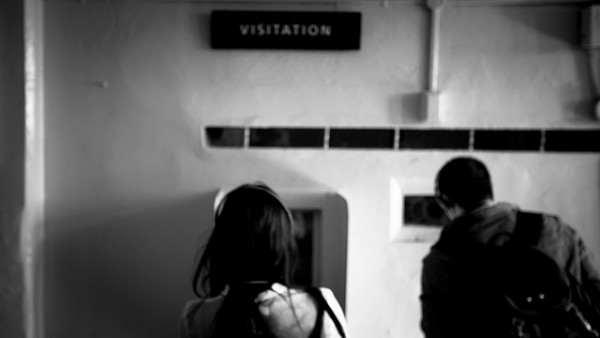
A very large number of Americans are held in jails and prisons – some 762 out of every 100,000 residents. Although the United States has only five percent of the world’s population, it holds one quarter of all the world’s prisoners. However, the social burdens occasioned by so much imprisonment are not borne equally by all segments of the American population. According to recent estimates, one of every 15 black men is held in jail or state or federal prison, compared to one of every 106 white males. This racial disparity has a big impact on the life fortunes of white and black men – contributing to gaps in many domains, ranging from jobs and family life to health and mortality.
But the social reverberations of mass incarceration do not stop with the prisoners themselves. The consequences can be even greater for children, family members, and associates attached to those who are imprisoned. A burgeoning research literature suggests that having a family member sent to prison damages the mental and physical health of those left at home. The imprisonment of a family member means one less person to contribute to household support, increasing stress and making everyone less economically secure.
Although researchers have documented these indirect social impacts from imprisonment, they have been unable before now to estimate how many adult women and men are connected to an inmate – and therefore, have not been able to specify the scope of negative consequences faced by people tied to America’s prisoners. Now, for the first time, data from the 2006 General Social Survey make it possible to estimate the reach and wider social impact of the U.S. prison system. We use this data and build on previous studies to explore the impact of imprisonment on the family members and associates of black and white prisoners. more...

 Research to Improve Policy: The Scholars Strategy Network seeks to improve public policy and strengthen democracy by organizing scholars working in America's colleges and universities. SSN's founding director is Theda Skocpol, Victor S. Thomas Professor of Government and Sociology at Harvard University.
Research to Improve Policy: The Scholars Strategy Network seeks to improve public policy and strengthen democracy by organizing scholars working in America's colleges and universities. SSN's founding director is Theda Skocpol, Victor S. Thomas Professor of Government and Sociology at Harvard University.